Nico's missed 'Game of the Year' overshadows Shankland's rook sacrifice!
Really? Game of the year? You heard it right! After an opening mistake from Vidit, Georgiadis turned on beast mode and made it to an endgame a pawn up. However, instead of a routine piece capture, he had a chance to end the game with a spectacular piece sacrifice! Vidit survived by the scruff of his neck, and is now joined at the top by Sam Shankland, who produced a Sicilian miniature consisting of temporary piece and exchange sacrifices to down Maghsoodloo in only 26 moves. Peter Leko and Sebastian Bogner had substantial advantages against Abdusattorov and Cori, but couldn't make them count and ended up sharing the spoils. A comprehensive report from Biel by Tanmay Srinath.
Before I start with the games, I would like to give a bit of history regarding Nico Georgiadis. In Biel 2017, when only an IM, he was sharing the lead at one point with Harikrishna, Hou Yifan and Etienne Bacrot. In 2018, he held Magnus Carlsen after sacrificing an exchange. Clearly, he is one of the most underrated players in the circuit. Today, his opponent was an ambitious Vidit Gujarathi, who has recently been playing sharp chess in a bid to become a universal player. The rating gap was nearly 200 points, but Georgiadis didn't care, as he systematically outplayed the 2nd seeded Vidit in an Exchange Grunfeld to get a crushing advantage. Alas, chess is a tough game, and it isn't over till one of the players resign or is checkmated. With that in mind, I would like to draw your attention to the following position:
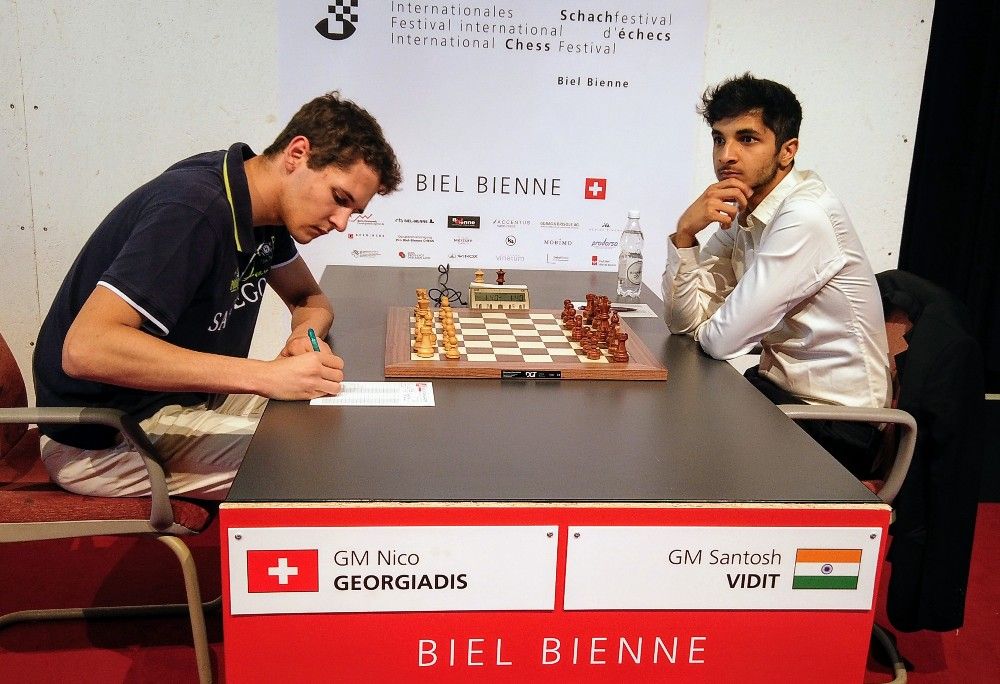
Georgiadis - Vidit
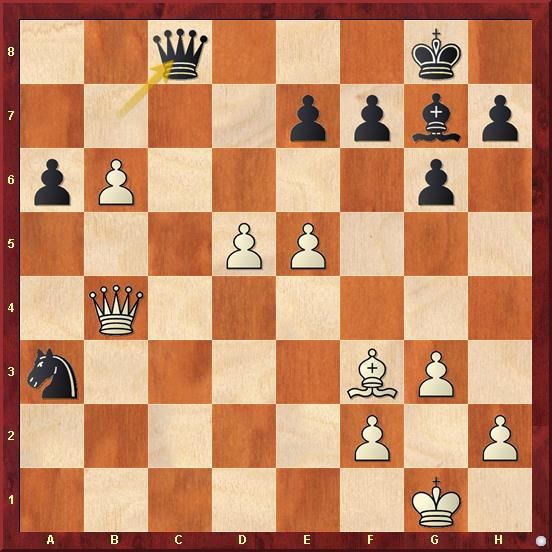
It's White to play here and he has a Grunfeld endgame that has gone horribly bad for Black. He is currently a piece down for a pawn, and the logical decision would be to take back the knight on a3, which is probably what Vidit was counting on. The opposite coloured bishops and the simplified position mean that the resulting endgame is closer to a draw than a win for White. In fact, in the press conference, both players were calculating the consequences of Qxe7, and along with the commentators were stupefied in quite a few positions. The objective evaluation is that Black draws after Qxe7? Qc1+ Kg2 Bf8!! Qc7 Nc2! (Check the notes in the game) . Nico played Qxa3?! in the game and couldn't manage to convert an overwhelming position. The best move in this position is something both players didn't mention in their press conference after the game, and in my opinion didn't seriously consider during the game. The fact is that White is winning by force after d6!!.
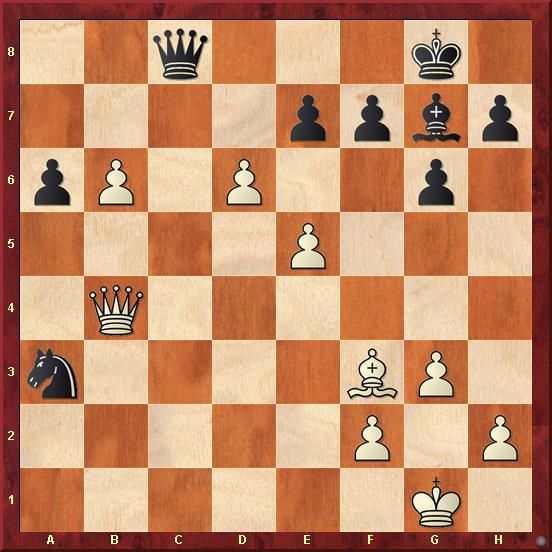
I'm sure that given a lot of time, both players would have found this. The idea is in itself spectacular - White sacrifices a whole piece in the endgame, with no apparent promotional ideas in sight. However, this is where intuition comes in handy. It took me some time in sober analysis to understand fully why this move works - in this position, the concrete factors are in White's favour. His queen is ideally placed to support the b and d pawns. Black's two pieces are poorly located - the extra knight is located on one of the worst squares on the board, and his bishop is gasping for air. With two pawns on the 6th rank, the Black queen is overloaded as well. I'm sure that you have now understood the purpose of this move - White goes all in with his trumps - his advanced pawns. If he can get a queen of 9 points (potentially two, so make it 18!), Black's extra knight will be worthless. What about the drawing combination I mentioned above? Surely a similar one can exist? The answer is a vehement no! White wins by a tempo after Qc1+ Kg2 exd6 (Bxe5? loses to dxe7. Yet again Black loses by a tempo!) b7! (Passed pawns must be pushed!) Nc2!?. It appears that if White queens b8=Q+ Bf8 Black is threatening to play Ne1+ and Qh6 (in the notes to the game a similar idea draws for white in the Qxe7 lines, as the White queen is worse off on e7!!). But here White has the calm Qf4!

What about other defensive ideas? Well Black has the obvious exd6 in the initial position. Now, after b7! Qb8 it appears that Black is safe (exd6? Bf8! and it appears difficult to break through. However, White has a beautiful creepy move to seal the deal - Qg4!
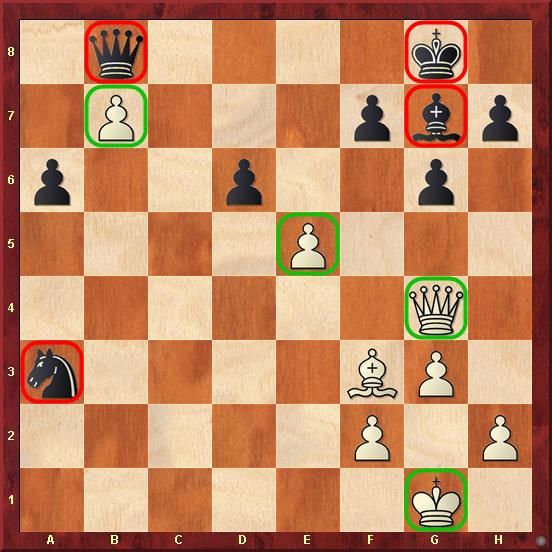
Black is 4 points up on the material scale, but what are those points doing? The extra piece would have rather taken the place of the queen on b8 and the a-pawn is irrelevant. Note what an important role White's e-pawn is playing - f5 is rendered impossible due to exf6! en-passant! Black's pieces are scattered and useless, and there is no defense to Qc8.
The most testing variation is after Bxe5! dxe7!:

Black takes the b8 square under control and it seems White is getting no where. I think this is the supposed defense both players must have seen. However, White wins due to the sheer strength of passed pawns! Let's try the natural Qe8. White plays b7! and Black is lacking a good move. If he tries Nb5!?, a desperate attempt to bring the knight back to the battlefield, White has the strong centralizing move Qc5!

The best defense suggested by the engine is Kg7! (instead of Qe8). Now White has to be a bit precise, but he gets the job done by b7 Qe8 b8=Q!! ( Sacrificing a pawn, but the point is soon seen) Bxb8 Qd4+!
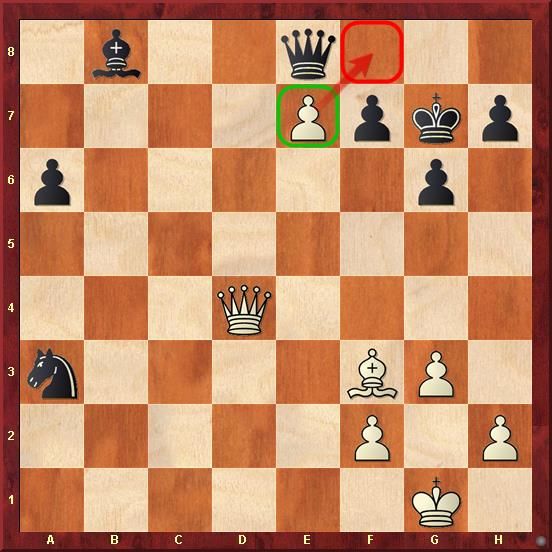
Note how strong the e7 pawn is? It takes away the f8 square from the king, and that alone guarantees White an easy win. Now f6 is met by Qd8! Kf7 Bd5+, winning the queen and checkmating soon. The toughest appears to be Be5!?, but White wins after Qxe5+! Kg8 Qf6! and Bc6 is unstoppable.

What I am trying to do with this example is to emphasis on the value of quality over quantity - it doesn't really matter how much you have, it matters where and when you have them! Hopefully, this has been a lesson in intuitive sacrifices, the value of a passed pawn and calculation to the readers.
Now, lets return to the other games - one decisive result and two one-sided draws:
Shankland 1-0 Maghsoodloo
Sam has taken some time, but the top seed is finally playing his best chess. His opponent's free fall continues - Maghsoodloo has now lost 3 classical games in a row without making significant mistakes. With this win Sam catches Vidit at the top. Here are a few critical moments:
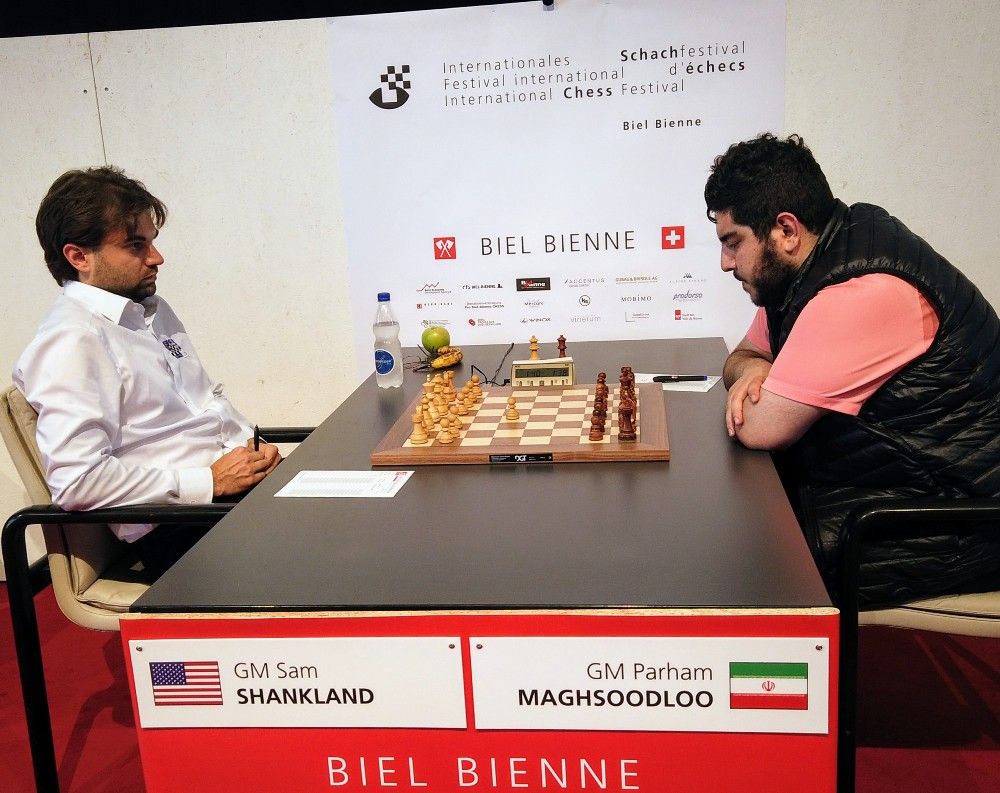
Shankland-Maghsoodloo




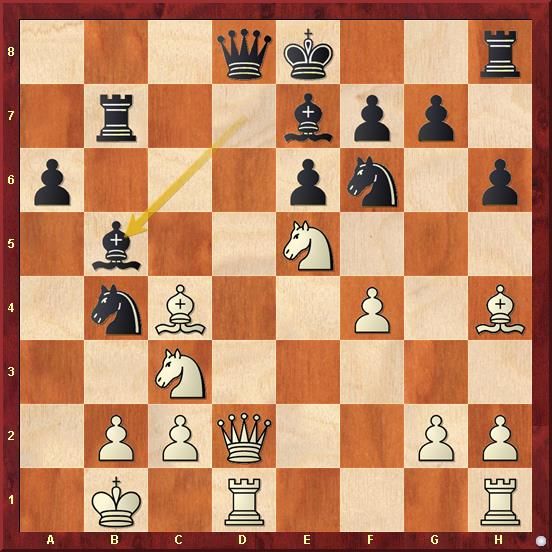

Leko 0.5-0.5 Abdusattorov
Peter has been getting wonderful positions with White, but he has only been able to win one of them. Today, he surprisingly faltered in the endgame against Nodirbek:
Leko-Abdusattorov
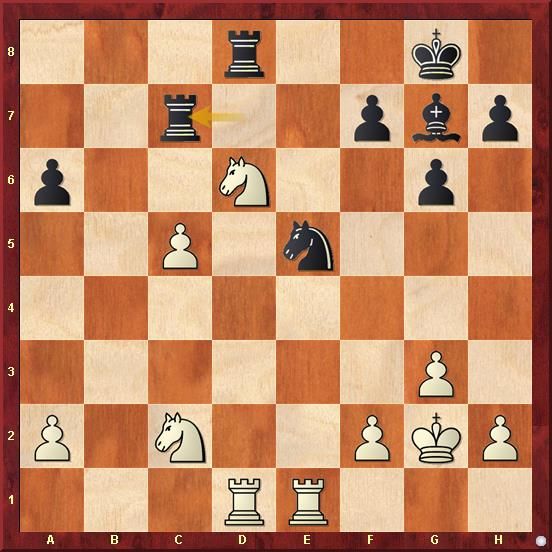
Bogner-Cori
Both the players were coming off Black games, but Bogner had White this time. He gained considerable pressure, but at the critical juncture he failed to capitalise on an opportunity to improve his pieces to the maximum.
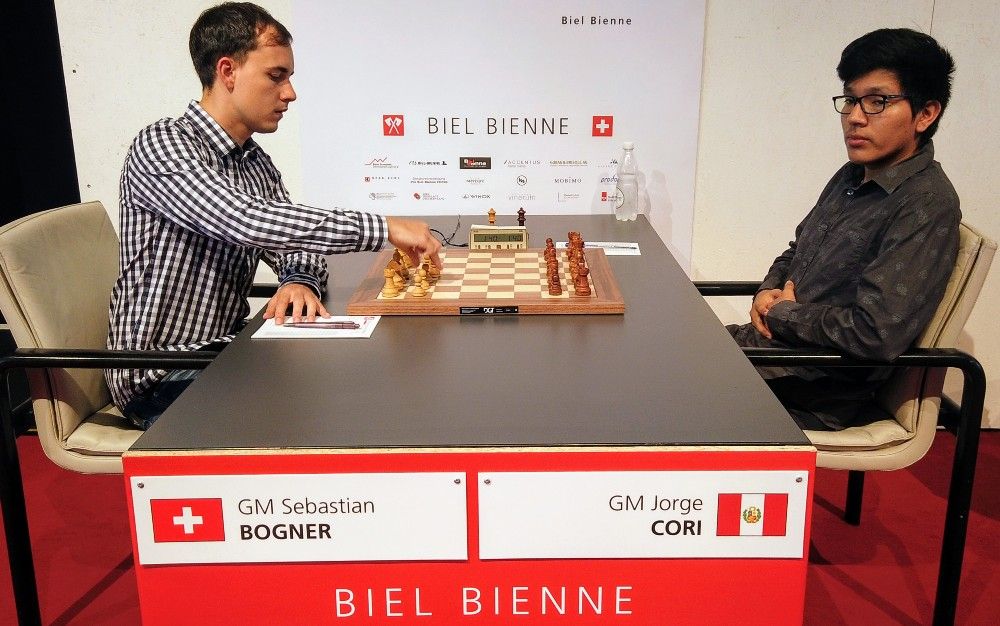
Bogner-Cori

Overall-Ranking
| Rank | Name | Games | Classic | Rapid | Blitz | Total |
|---|---|---|---|---|---|---|
| 1 | GM Sam Shankland | 11 | 7 | 9 | 0 | 16 |
| GM Santosh Vidit | 11 | 8 | 8 | 0 | 16 | |
| 3 | GM Peter Leko | 11 | 5 | 10 | 0 | 15 |
| 4 | GM Jorge Cori | 11 | 5 | 7 | 0 | 12 |
| 5 | GM Parham Maghsoodloo | 11 | 3 | 8 | 0 | 11 |
| 6 | GM Nodirbek Abdusattorov | 11 | 5 | 5 | 0 | 10 |
| 7 | GM Nico Georgiadis | 11 | 3 | 6 | 0 | 9 |
| 8 | GM Sebastian Bogner | 11 | 5 | 3 | 0 | 8 |
Vidit is joined by Sam at the top, with Leko the closest to them. Is this going to be a three horse race?
About the Author

Tanmay Srinath is an 18-year-old chess player from Bangalore, Karnataka, currently pursuing both chess and engineering at BMSCE Bangalore. Tanmay is also a Taekwondo Black Belt, who has represented the country in an International Tournament in Thailand. He is a big fan of Mikhail Tal and Vishy Anand, and sincerely believes in doing his bit to Power Chess in India!











